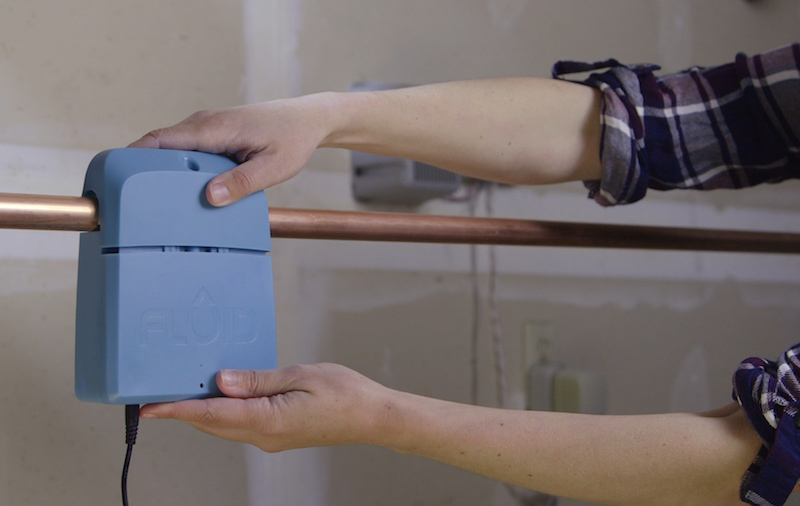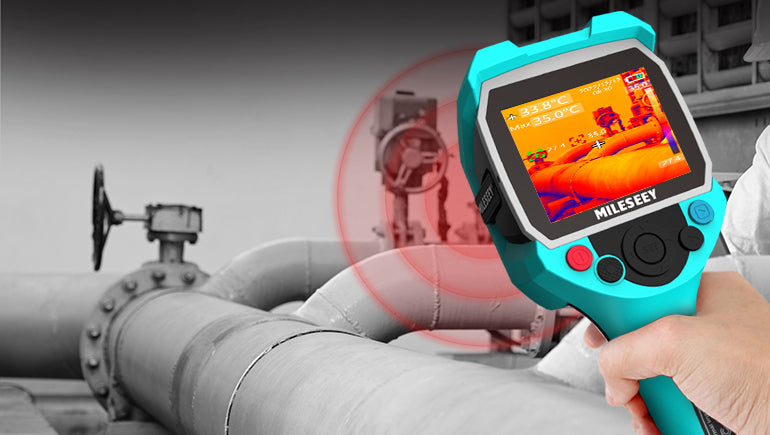Ingenious Solutions for Early Discovery of Water Leaks in Structures and Infrastructure
From cutting-edge leakage detection technologies to the release of IoT sensing units for real-time tracking, the landscape of leak prevention is evolving swiftly. Automated water circulation analysis systems are reshaping how leakages are recognized and resolved, leading the means for an aggressive approach to water leakage discovery.
Advanced Leakage Discovery Technologies
Advanced leakage discovery modern technologies, outfitted with sophisticated sensing units and formulas, play an essential role in swiftly identifying and determining water leakages in different settings. These innovations employ a combination of acoustic, thermal, and electro-magnetic picking up approaches to find leaks precisely. Acoustic sensors detect the audio of running away water, permitting exact localization of the leak source. Thermal imaging detects temperature level adjustments triggered by water leakage, giving an additional efficient method for leakage recognition. Electromagnetic sensing units can determine changes in electro-magnetic areas caused by water, supplying yet one more layer of leak discovery ability.

IoT Sensors for Real-Time Surveillance
In the world of modern water leak discovery, the assimilation of IoT sensors for real-time tracking stands for a crucial advancement in enhancing positive leak discovery capacities. These sensing units offer continuous monitoring of water systems, supplying real-time information on water circulation prices, stress variants, and temperature level adjustments. By leveraging IoT technology, these sensors can spot even the smallest anomalies in water usage patterns, allowing very early identification of prospective leakages prior to they intensify into major problems.
IoT sensors transfer data to a centralized platform, where advanced algorithms analyze the details and create signals or alerts when abnormalities are identified. This real-time surveillance ability enables homeowner or center supervisors to immediately deal with leaks, reducing water damage, lowering fixing expenses, and conserving water resources.
In addition, IoT sensing units can be integrated with building monitoring systems, permitting for automatic reactions to spotted leakages, such as turning off water valves or activating pumps to minimize the effect of leakages. Overall, the execution of IoT sensors for real-time monitoring significantly improves the efficiency and performance of water leak detection in structures and infrastructure.
Device Discovering Algorithms for Leak Prediction

One key advantage of utilizing maker understanding for leakage prediction is its capacity to constantly find out and enhance its accuracy with time. As more data is collected and fed into the algorithm, it can fine-tune its forecasts and adapt to transforming problems, inevitably increasing the dependability of leak detection systems.
Moreover, artificial intelligence formulas can assist in recognizing subtle indicators of leaks that may go unnoticed by standard tracking techniques. water leak detection. By assessing complex information sets in real-time, these formulas can provide early cautions and informs, permitting punctual treatment and preventive upkeep to mitigate prospective water damage and associated costs
Utilizing Thermal Imaging for Leak Detection
Thermal imaging technology offers a promising approach for finding water leakages in various systems and frameworks. By utilizing infrared radiation and temperature differences, thermal imaging cams can recognize hidden leakages that are not easily noticeable to the naked eye. When water escapes from pipelines or frameworks, it frequently alters the temperature of the bordering location, creating temperature differentials that thermal cams can catch. These temperature level abnormalities are after that translated into noticeable images, highlighting the specific location of the leakage.
One of the essential benefits of thermal imaging for leak detection is its non-intrusive nature. Unlike traditional methods that might need breaking into walls or floorings to situate leaks, thermal imaging enables for non-destructive testing. This not just conserves time and decreases prices yet likewise lessens disruption click for info to the structure or facilities being evaluated. Furthermore, thermal imaging can promptly scan large areas, supplying a thorough summary of possible leakage sources in a prompt manner. Overall, making use of thermal imaging modern technology improves the performance and accuracy of water leakage detection, making it an important tool for preserving the integrity of structures and infrastructures.
Automated Water Circulation Analysis Equipments
Just how can automated water flow evaluation systems reinvent the detection and monitoring of leaks in different systems and facilities? Automated water circulation analysis systems offer a proactive method to leak discovery by constantly keeping track of water flow rates and patterns. By establishing baseline this page data, these systems can swiftly identify variances that might suggest a leak, enabling prompt treatment to prevent considerable damage.
These systems make use of sophisticated algorithms to assess real-time information and offer instant signals when abnormalities are discovered, enabling speedy activity to be taken. Additionally, automated water flow analysis systems can be integrated with building monitoring systems or IoT platforms, boosting overall performance and allowing remote monitoring capacities.
In addition, the information collected by these systems can be utilized for anticipating maintenance purposes, aiding to determine prospective powerlessness in the facilities before leaks happen. Generally, the application of computerized water flow analysis systems can significantly enhance leakage discovery and management techniques, inevitably resulting in set you back savings, reduced water waste, and boosted sustainability in buildings and framework.

Final Thought
In conclusion, the integration of sophisticated leak discovery innovations, IoT sensing units, artificial intelligence formulas, thermal imaging, and automatic water circulation analysis systems supplies cutting-edge services for early discovery of water leaks in structures and facilities. These technologies allow real-time monitoring, forecast of leakages, and efficient detection methods to avoid water damages and wastefulness. Implementing these services can assist in maintaining the integrity and sustainability of water supply in numerous setups.